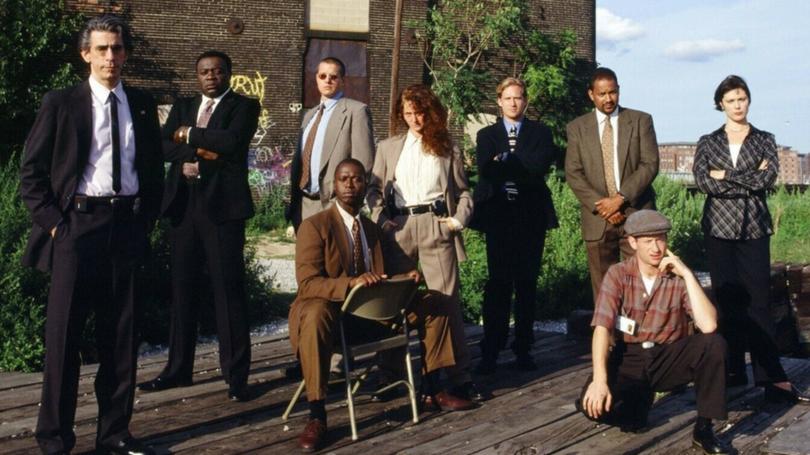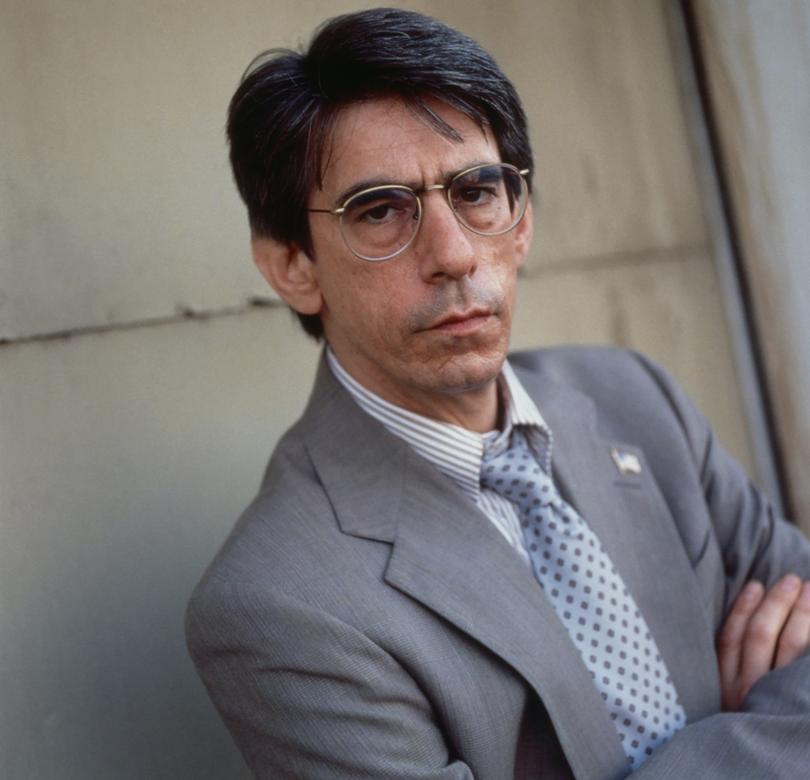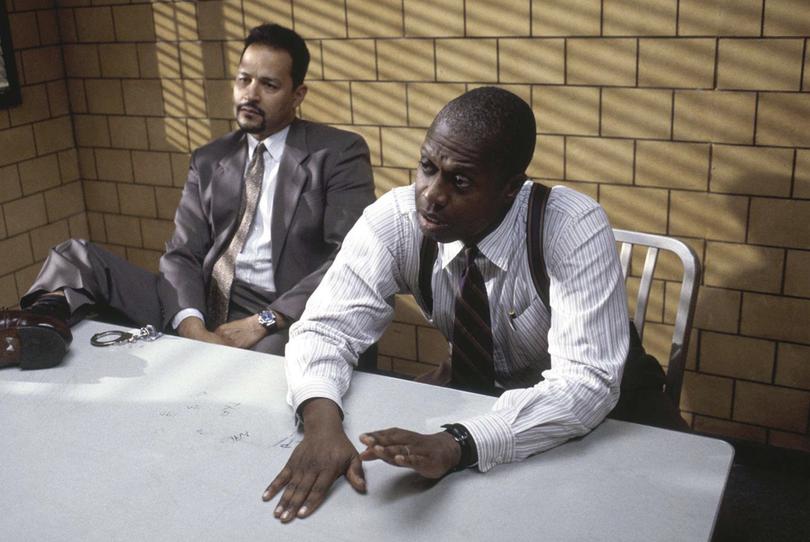Homicide: Life on the Street remains one of the best police dramas of all time, it’s finally on streaming

Such is the quirk of digital rights that some titles have been absent from the online ecosystem either for years or they’ve never been available.
One of the gems that has been locked out has been Homicide: Life on the Street, until this week when it will be available on streaming in Australia for the first time.
It is only on SBS On Demand though, so you will have to put up with those inevitably badly timed ads.
Sign up to The Nightly's newsletters.
Get the first look at the digital newspaper, curated daily stories and breaking headlines delivered to your inbox.
By continuing you agree to our Terms and Privacy Policy.The series premiered in the US in January 1993, and set the template for the gritty police dramas that would be revered over the following decades.
At the time, cop shows had been a staple on American TV, including Law & Order, Miami Vice and Hill Street Blues, but none have felt as grounded as Homicide: Life on the Street.
Spanning seven seasons and a TV movie, it went on to influence the likes of The Shield, NYPD Blue and, of course, The Wire.
The series came out of David Simon’s book, Homicide: A Year on the Killing Streets, which he wrote spending a year embedded with the Baltimore police department as a journalist at the Baltimore Sun.
Homicide was Simon’s first foray into TV production, when he wrote a season two episode that guest-starred Robin Williams. Simon went on to co-create The Wire and even re-used some plot lines in the acclaimed HBO series, which many consider to be the benchmark of American police dramas.
Director and Baltimore native Barry Levinson (Good Morning, Vietnam, Wag the Dog) came across Simon’s book and knew he wanted to adapt it, and that they could do it without spending too much money.
So, they shot it on location in Baltimore, on 16mm film and using hand-held cameras and had a lot of jump-cuts, which ended up giving the show its verite vibe.

Like many of its predecessors, Homicide took place inside a unit inside a city police department, among the detectives who tried to solve gruesome killings. What made it different was the show’s approach.
It didn’t glamorise the work, it was actual work. The minutiae of paperwork, of running down leads and interrogations, of the sometimes prickly interpersonal relationships between a bunch of colleagues who had been thrown together.
It was found family, sure, but we don’t always get on with our family, remember?
The cops were real people. They looked like real people and not genetically blessed TV actors who clearly had the glam once-over by the make-up and hair teams.
They also talked and quibbled over petty, inconsequential things, like Steve Crosetti (Steve Polito) and his obsession with the Abraham Lincoln assassination.
It didn’t add anything to the plot but it gave shade and layers to the characters. It was the little moments and exchanges that made Homicide characters distinct from each other and their contemporaries.
The cast, including Andre Braugher, Richard Belzer (who would go on to reprise the character in Law & Order: SVU), Melissa Leo, Kyle Secor, Clark Johnson, Daniel Baldwin, Ned Beatty, Reed Diamond, Michelle Forbes and Yaphet Kotto was supplemented with notable guest stars including Giancarlo Esposito, Elijah Wood, Steve Buscemi and Marcia Gay Harden.

There was a generous lashing of gallows humour, making inappropriate jokes about victims and the investigation, but it was a coping mechanism. When you’re faced with that much death and depravity, being sombre and serious 100 per cent of the time would see you handing that badge in quick-smart.
That made them far more relatable than Crockett and Tubbs – these cops weren’t pursuing anyone on a jet-ski, certainly not in the show’s earlier seasons. Later on, while chasing a broader audience, the series resorted to more conventional, action-led TV drama.
In the pilot, a newbie detective, Tim Bayliss (Secor), arrives and explains that he wants to do police work that involves the brain and not pulling his gun.
The dialogue was key to Homicide’s creative success. There was brilliant, melodic wordplay, especially coming from Braugher’s Frank Pembleton, an aloof, superior detective who didn’t want to work with a partner because compromises would get in the way of his solve rate.
The late, great Braugher was, at the time, a relatively low-profile young actor with a smattering of credits to his name. Homicide made him a star and earnt him an Emmy.
His command of Pemberton as this haughty cop whose attitude put him offside with his colleagues but was an effective investigator and interrogator (he could talk circles around suspects), made him a fan favourite.
Some of his scenes, including the renowned season one episode, Three Men and Adena, which took place entirely in one interrogation room, were like watching a master at work. Years later, executive producer Paul Attanasio described that episode as “electrifying”.
The cases were grim and mundane, including the killing of Adena Watson, inspired by the real-life case of 11-year-old Latonya Kim Wallace whose murder was never solved.
Homicide wasn’t trying to be like any other cop show and, as a result, it set the standard for all the lauded police dramas that would follow.
Homicide: Life on the Streets seasons one to three is available on SBS On Demand from January 16 with further seasons dropping weekly

